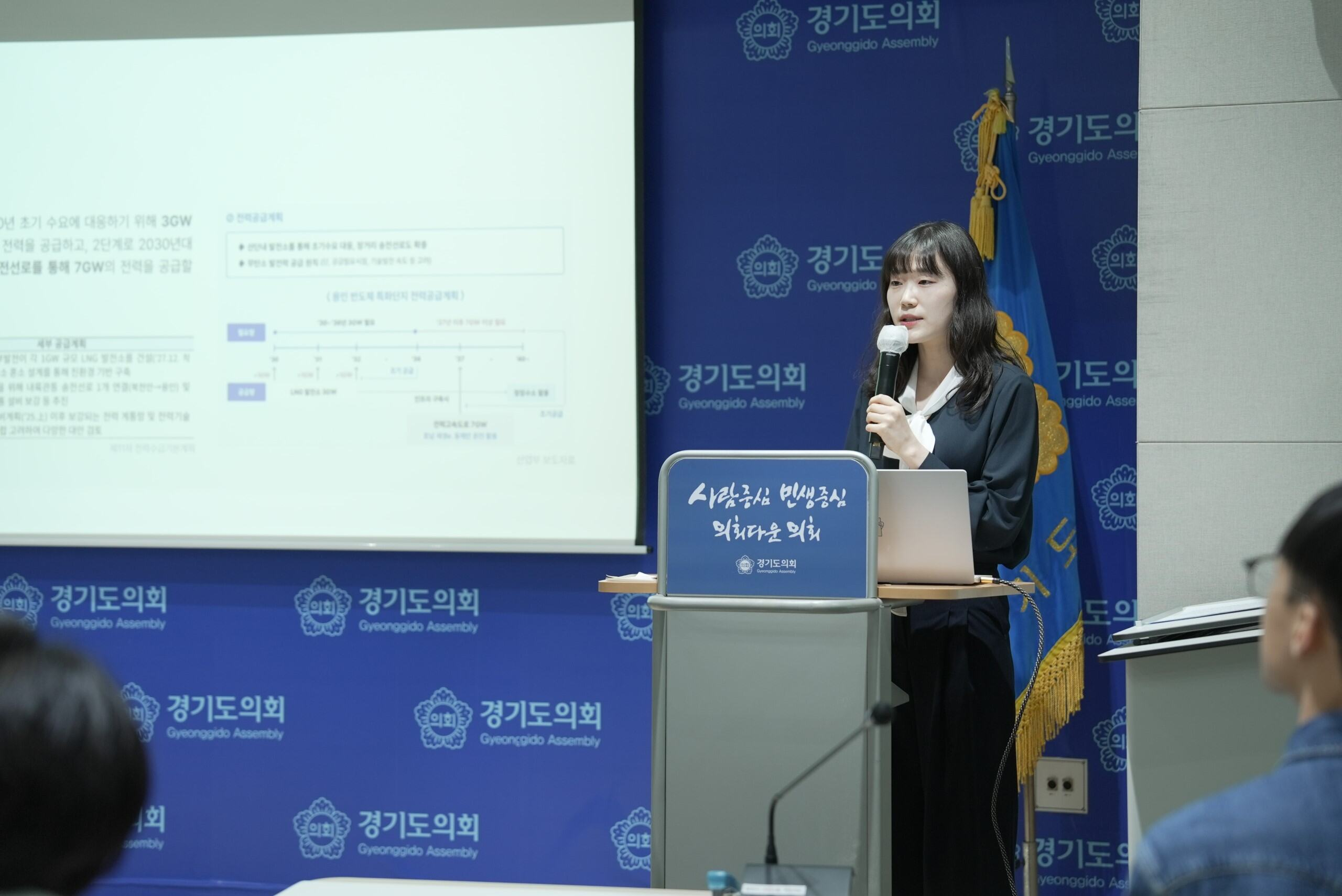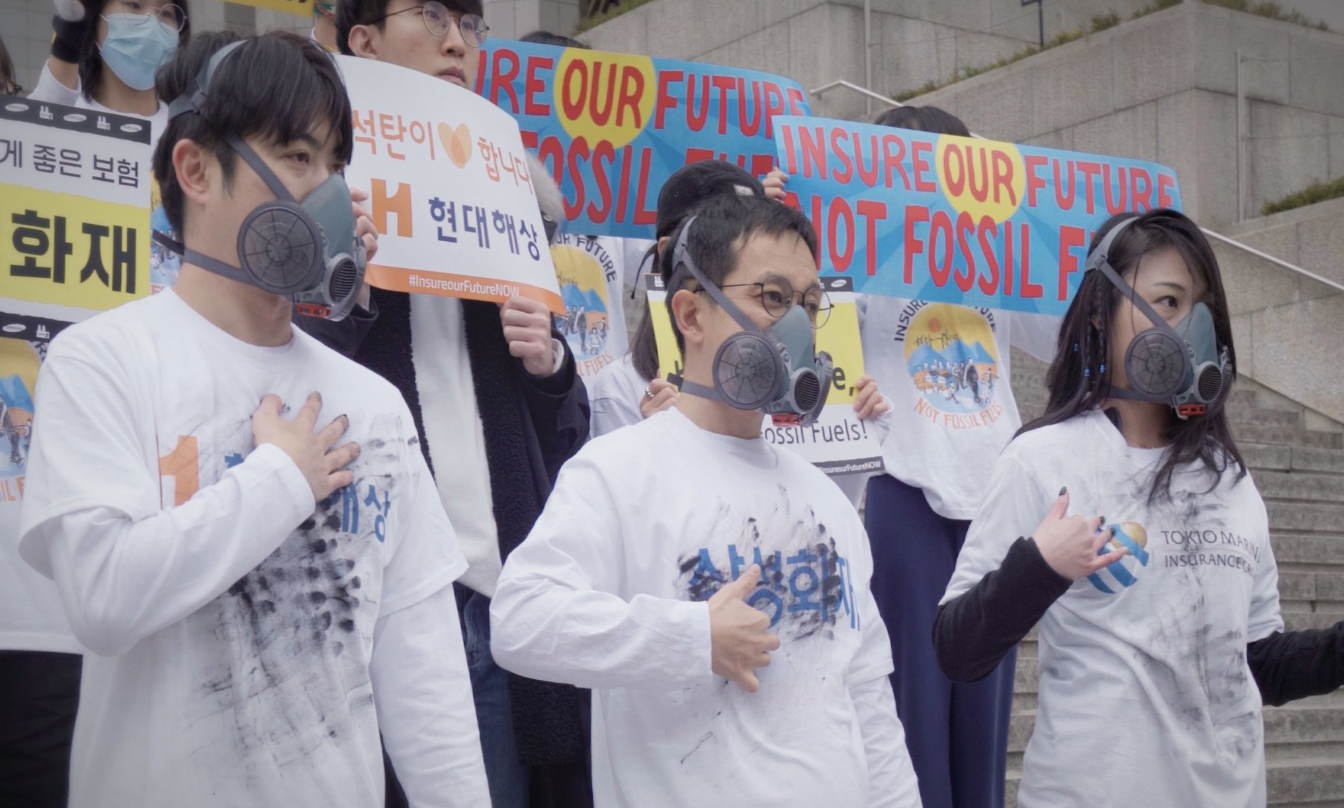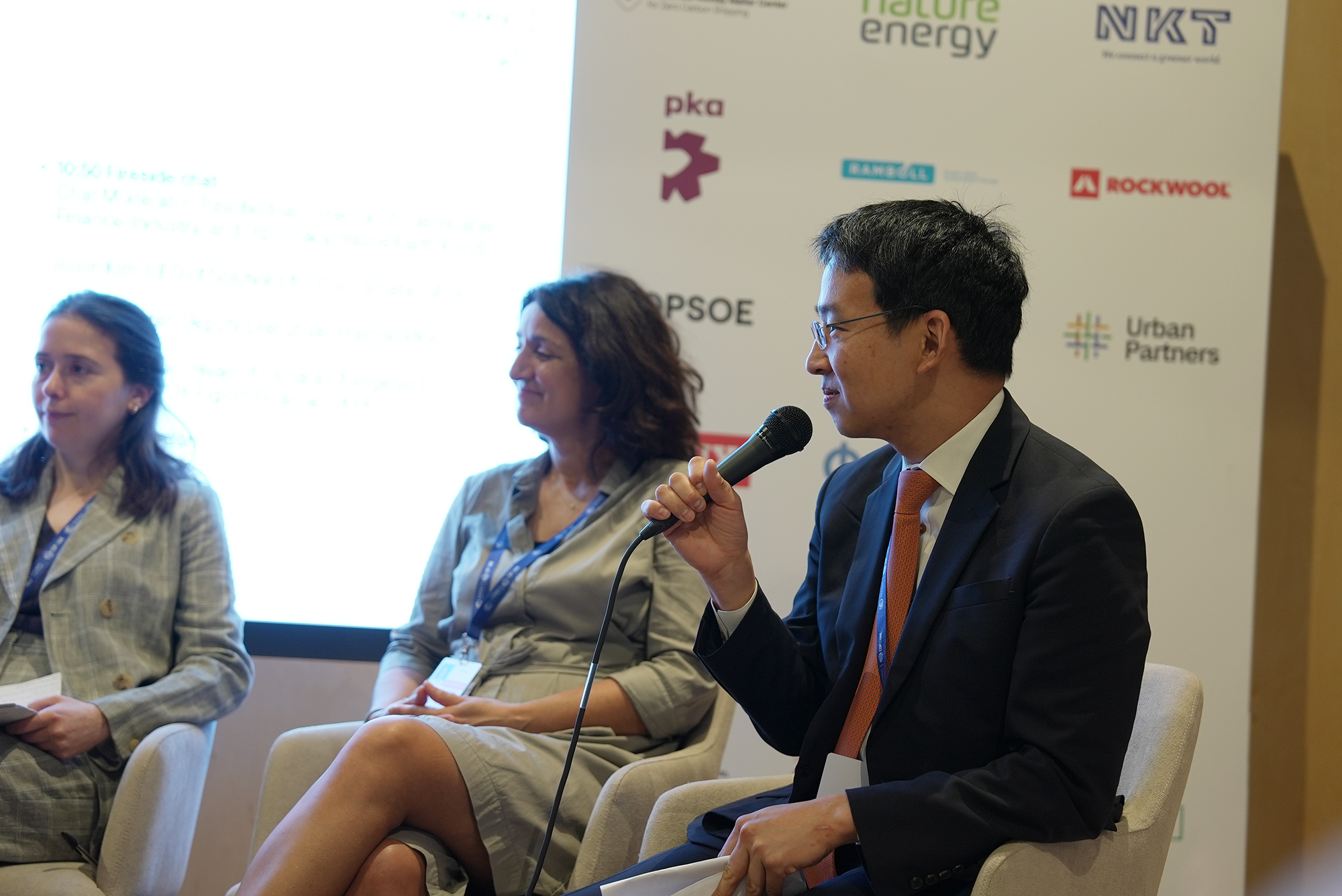August 2, 2025 (SEOUL, TOKYO, LONDON) – The Sustainable Biomass Program’s (SBP) response to the new joint report, “Sustainable Biomass Program: Certifying the Unsustainable”, fails to address the fundamental concerns raised — and in doing so, reinforces the report’s core findings.
Rather than meaningfully engaging with documented evidence of deforestation, rising emissions, and misuse of the “sustainable” label, SBP deflects criticism by claiming it is not a forest management certification. Yet it continues to assert that forest biomass is “sourced responsibly and sustainably.” This contradiction sows confusion for governments and the public who rely on SBP for credible assurances.
Even more concerning, biomass sustainability criteria — however weak — are fundamentally about the conditions of the forests and plantations from which wood is sourced. For SBP to distance itself from forest management responsibilities is a revealing admission that it is not taking its role in forest sustainability seriously.
Across the UK, EU, Japan, and South Korea, SBP is treated as equivalent to forest certification systems like FSC and PEFC in subsidy frameworks and climate reporting — despite offering no on-the-ground evaluation of forest practices. Its risk-based approach allows companies to market biomass as sustainable without verifying what happens in the forest. If other forest products like paper are held to minimum sourcing standards, biomass, which is burned for energy and subsidized as a climate solution, should be held to no less.
SBP’s own website claims that certified biomass is “legally and sustainably sourced.” This creates a misleading impression that forest sustainability has been assured, even though SBP relies on proxy systems (such as Chain-of-Custody or risk assessments) that do not verify sustainable forest management. If SBP’s remit does not include sustainability assurance, it should not be used to justify climate subsidies or sustainability claims.
SBP also claims to require risk mitigation, but as the report documents, these measures are often weak and unenforced. In British Columbia, producers cite compliance with weak provincial laws and participation in planning or monitoring as sufficient mitigation, despite constant criticism from experts, Indigenous communities, and scientists. Auditors often accept these claims without verifying their impact on forest protection or biodiversity conservation.
Such issues are not semantic — they expose how the SBP enables destructive practices under a green veneer, failing to ensure that real-world risks are addressed before wood is labeled “SBP-compliant.”
SBP asserts not to rely on national averages for greenhouse gas (GHG) accounting. However, its methodology (Standard 1) allows the use of default values and broad regional averages, especially for upstream emissions like harvesting and chipping. In Canada, for instance, the use of national logging averages ignores significant variation in emissions tied to forest type, terrain, and fuel use. As a result, producers often exclude carbon debt and delayed regrowth, leading SBP to understate its true climate impact of biomass from primary forests.
SBP also claims that it does not classify whole logs as residues, but this does not reflect on-the-ground realities. As highlighted in both the report and past investigative pieces, whole logs, often from primary or old-growth forests in Canada and U.S. Southeast, are delivered to pellet mills, minimally processed, and reclassified as secondary feedstock. SBP then treats this feedstock as automatically compliant, without requiring traceability back to the forest of origin. The core issue is not how logs are labeled, but that SBP certifies pellet plants that routinely rely on whole logs — including those from high-risk or intact forests — as sustainable.
SBP has also failed to address why it continues to certify pellet mills like Drax’s British Columbia facilities, which source wood from primary forests. This further undermines SBP’s claim that its standard does not allow wood from such ecosystems. Despite its rebuttals, SBP has not explained why its certification continues to appear on biomass sourced from clearcut primary forests, including in high-risk regions like British Columbia and Malaysia. With SBP now covering a third of the global pellet market and gaining rapid acceptance in Asia, these shortcomings are increasingly urgent.
By avoiding the core issues, SBP not only undermines its own credibility, but also casts broader doubts on the integrity of any industry-created scheme to safeguard forests or the climate.
ENDS.
Solutions for Our Climate (SFOC) is an independent nonprofit organization that works to accelerate global greenhouse gas emissions reduction and energy transition. SFOC leverages research, litigation, community organizing, and strategic communications to deliver practical climate solutions and build movements for change.
For media inquiries, please reach out to Yi Hyun Kim, Communications Officer, yihyun.kim@forourclimate.org.
Share this insights
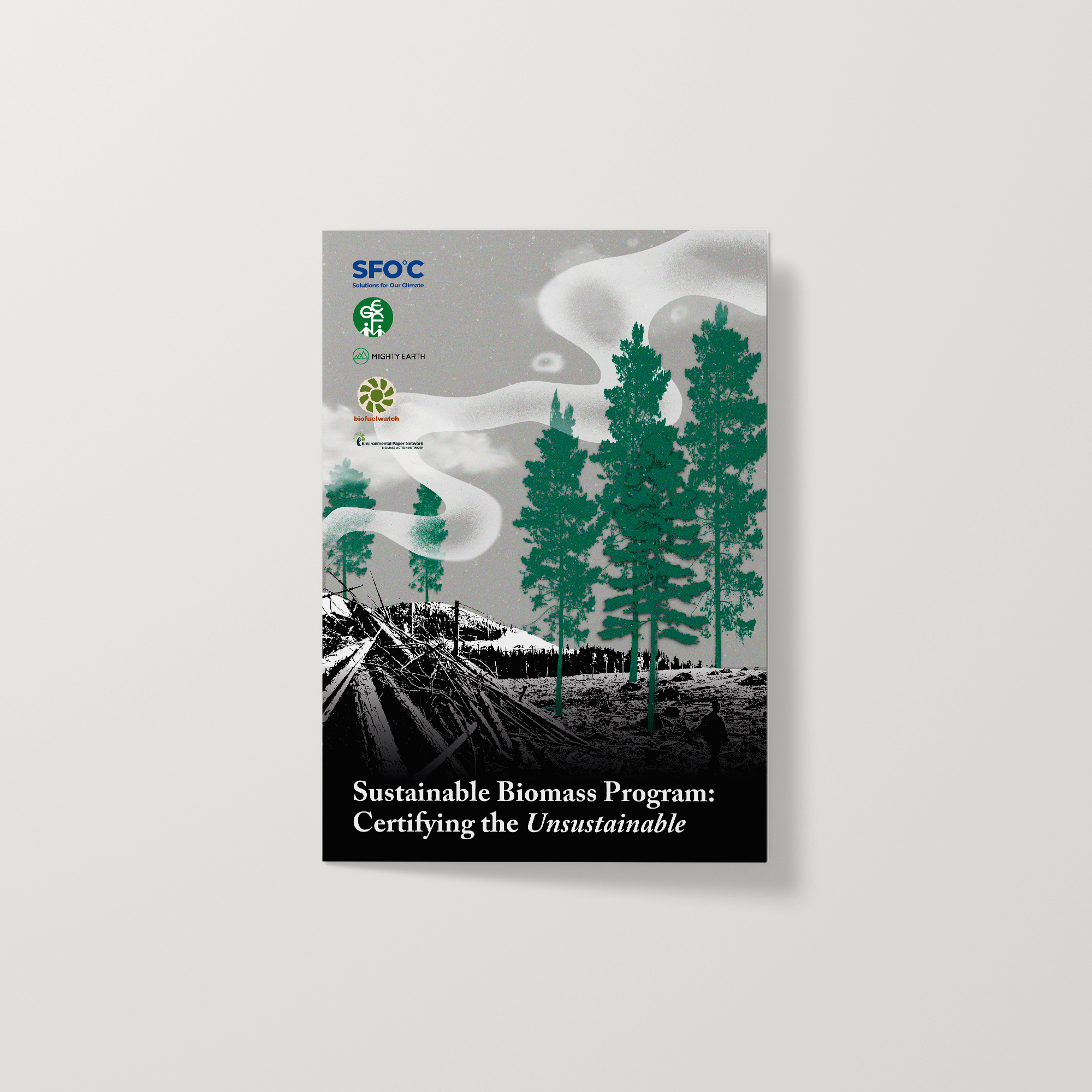
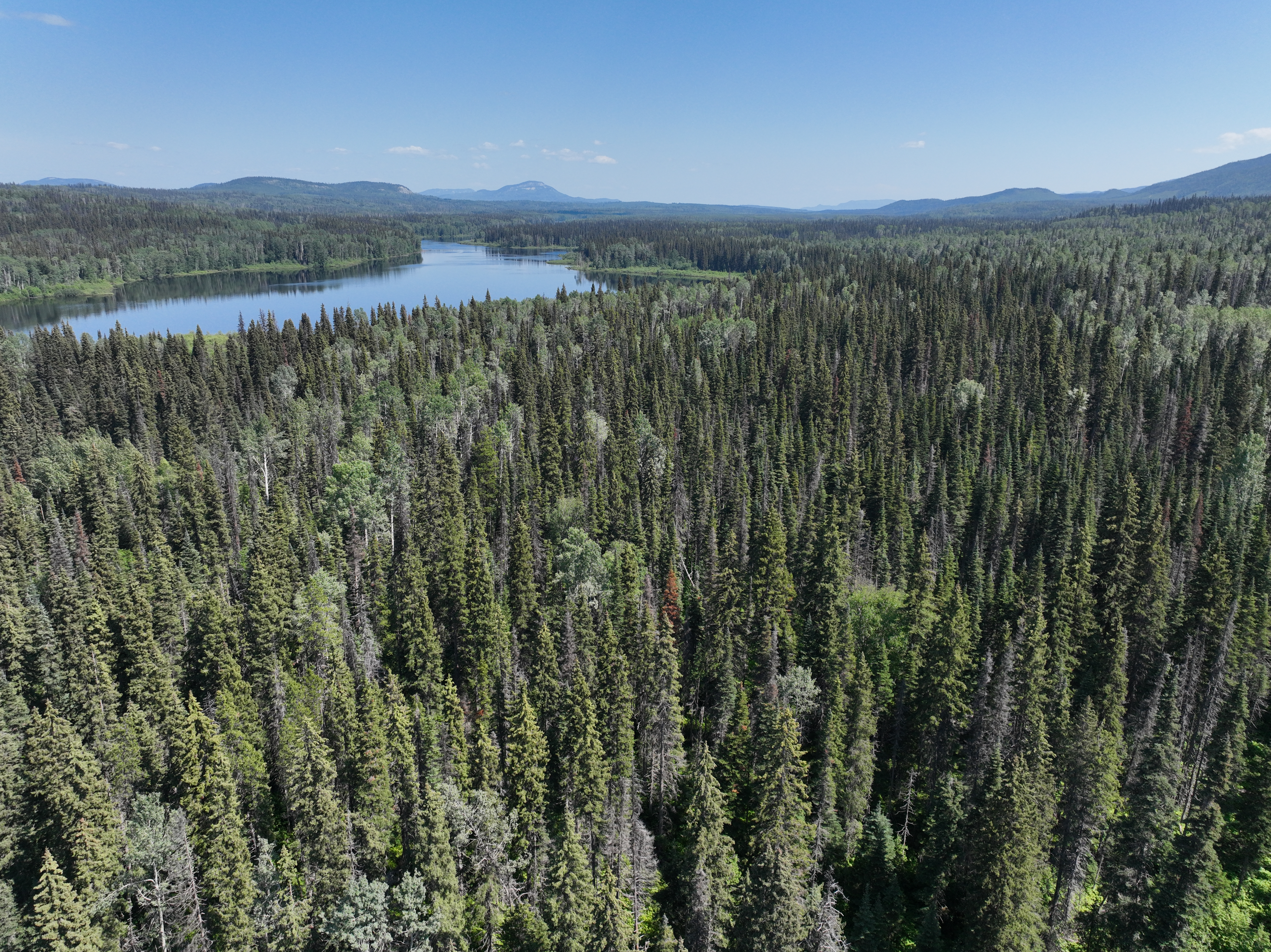







![[Webinar] International webinar on enhancing due diligence of forest risk commodities' supply chains in Asia](https://content.sfoc.tapahalab.com/images/research/sjGudme.jpg)



![[토론회] 한국형 녹색분류체계(K-Taxonomy), 무엇이 녹색경제활동인가](https://content.sfoc.tapahalab.com/images/research/bn8jdme.jpg)




